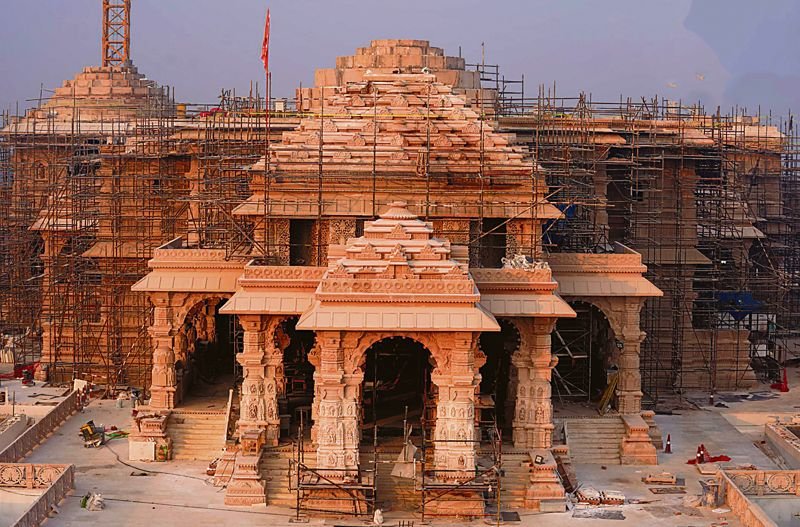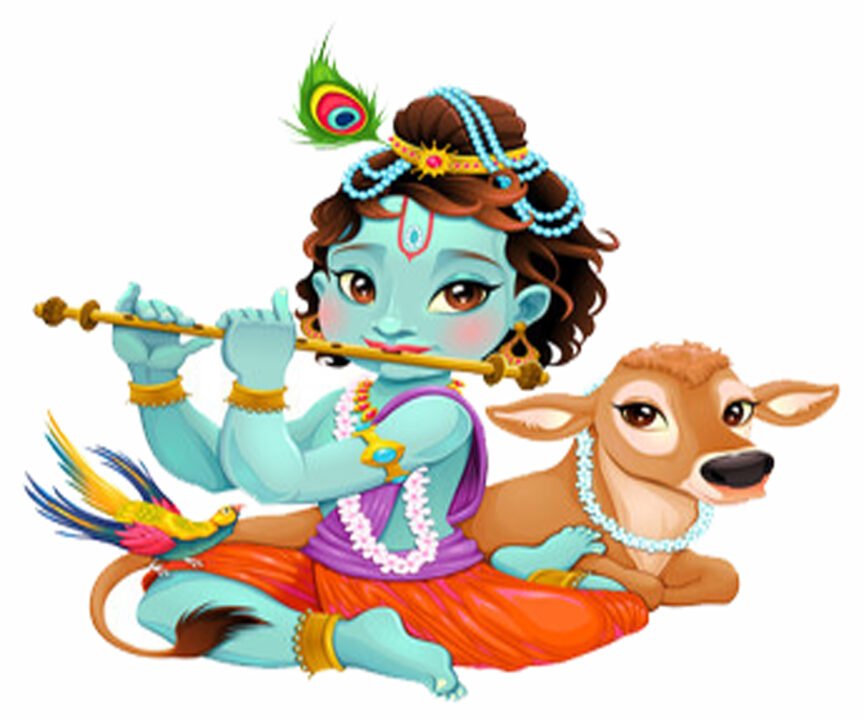By: Dipak Kurmi
On a frigid January morning, the air resonated with fervent chants of ‘Jai Shri Ram’ in the industrious quarters of the extended neighborhood. The spirited chorus emanated from a small gathering traversing door to door, spreading the word about the consecration ceremony for the Ram Lalla idol at the newly erected temple in Ayodhya on January 22. A realization dawned upon me – I had not received an invitation. Was it due to the label of a Macaulayputra or, more aptly, a Churchillputra, someone supposedly averse to all things Indian or Hindu? Perhaps it stemmed from being a Gandhian pacifist, steadfastly resisting the allure of militant Hindu nationalism.
In the multifaceted landscape of contemporary Indian political thought, we find ourselves navigating the realms of Macaulayputras, Gandhian nationalists, and Hindu revivalists. Often oversimplified or unfairly labeled, these three streams compete for dominance, and it’s the latter that seems to have emerged victorious. The inauguration of the Ram temple in Ayodhya stands as a symbolic triumph for the Hindu revivalists. Despite the intricacies of caste, regionalism, and language, nationalism remains the paramount political sentiment in post-colonial India. The conquest of the Hindu revivalists lies in their adept portrayal as exclusive custodians of Indian nationalism, deftly transforming it into a religio-political endeavor while overshadowing the dwindling influence of the other two political streams.
The initial setback came to the Gandhian nationalists, marking the decline of their influence. During the era of Gandhian nationalism, the Hindu right-wing revivalists struggled to gain prominence, falling short of becoming a mainstream political force. Ironically, when the Bharatiya Janata Party (BJP) emerged, it strategically embraced Gandhian socialism as its guiding principle, attempting to align itself with the vibrant essence of Indian nationalism. Concurrently, within the Congress party – the torchbearer of Gandhian nationalism – this noble ideology was twisted into a farce. The pursuit of Hindu-Muslim unity devolved into appeasement of conservative Islamist clerics, some of whom flirted with the notion of religious secessionism.
The Congress party’s inconsistency, evident in the ban on Salman Rushdie’s “The Satanic Verses” and the reversal of the Shah Bano verdict, along with its historical association with the remnants of Jinnah’s Muslim League, inadvertently endorsed communal politics as a legitimate tool for acquiring political power. The party’s willingness to exploit Islam for electoral gains set a precedent – why not harness Hinduism in a similar fashion? Adding to the complexity was the involvement of pseudo-intellectuals from the contemporary Indian Left, who went to great lengths to rationalize regressive Islamist ideologies. Despite claiming to champion post-modern democracy, the Indian Left made concerted efforts to legitimize Islamist religious separatism and the unfortunate ethnic cleansing of Hindus in the Kashmir valley.
While the two-nation theory wasn’t Macaulay’s brainchild, it resonated more with Churchill’s fervor. However, a peculiar narrative unfolded among the post-modernist circles within academia, literature, and politics. This group positioned itself as staunchly opposed to the notion of India as a harmonious space for Hindus and Muslims. What further fueled the criticism was the apparent indifference of Western literature laureates and endorsed academics towards the plight of those affected by religious secessionism. The term “Macaulayputra” stuck, gaining traction as these individuals seemed to align with a colonial agenda of explicit two-nation discourse, particularly evident when engaging with secessionists advocating for religious division.
In this unfolding narrative, the Indian Left disparaged nationalism as a narrow-minded endeavor, shamelessly advocating for caste and linguistic divisions as an alternative to a robust centrist party. The new Indian Left predominantly composed of Western-educated or oriented intellectuals, writers, and journalists, harbored a palpable apprehension of the resurgence of a leader akin to Indira Gandhi – one who could challenge Western hegemony. A national magazine’s inaugural edition boldly asserted that 70 percent of Kashmiris desired secession, although the validity of the survey remains shrouded in mystery. It was against this backdrop of the 1990s that the Hindu right ascended as a formidable force, positioning itself as a counterbalance to both the emerging new Left and the heirs of the old Congress, now bearing the weight of Gandhian nationalism.
Even in the present, Rahul Gandhi clings to the belief that a caste census can be the antidote to Hindu nationalism. However, there seems to be a disconnect as he overlooks the fact that the approximately 40 percent reservation he advocates for the OBCs could first find application within his own party. This could be implemented while selecting Chief Ministers, appointing office-bearers, or distributing tickets. The ironic exploitation of caste and communal identities by political dynasts played a pivotal role in shaping the Hindu identity, with Lord Ram becoming the emblematic myth and metaphor. In a counter move, the new Left delved into medieval history, attempting to validate Babur’s narrative – unaware that this inadvertently played into the hands of the BJP, which sought to co-opt nationalism as a central political platform.
How can the Hindu populace justify an invader constructing a mosque in the holiest town of Hindus? In every Hindu household, the reverence for Lord Ram permeates literature, prayers, and rituals. The disdain of Western-oriented intellectuals towards the sentiments of the Hindu masses created a significant rift, culminating in the Ram temple evolving into a symbol of a resurgent Hindu society, molded by the agenda of the RSS. When the Jana Sangh merged with the Swatantra Party, the Indian National Congress (Organisation), the Lok Dal, and the Socialists to form the Janata Party in 1977, it was a relatively minor player in Indian politics. Even as late as 1989, despite the Bofors campaign, the BJP lagged far behind the Congress and the Janata Dal.
While it’s tempting to attribute the BJP’s ascent solely to the Ram temple movement, which reached its zenith with the controversial demolition of the Babri Masjid in 1992, it’s a fallacy to do so. The era of Advani, closely associated with the masjid’s destruction, came to an end not long after the event. The Modi era, on the other hand, commenced with a different incident – the collapse of a newly constructed bridge on the eve of the Delhi Commonwealth Games in 2010. This event not only drew global criticism for lack of preparedness but also brought forth allegations of corruption.
India has an enduring penchant for charismatic leaders who possess the prowess to reshape global landscapes, annex uncharted territories, and deftly navigate the intricate balance of power between major superpowers.
The temple doesn’t just mark a triumph over historical apprehensions, symbolizing the Hindu masses’ victory over the fear of being relegated to second-class status on the global stage. Beyond its significance in overcoming medieval memories, the inauguration serves as a symbolic alternative to engaging in conflict with Himalayan aggressors – a metaphorical expression of Hindu assertion. (The writer can be reached at dipaknewslive@gmail.com)







